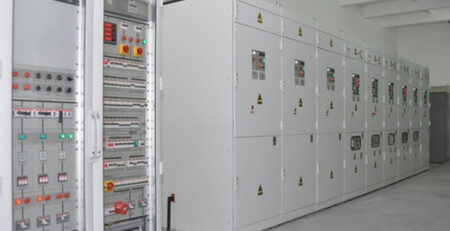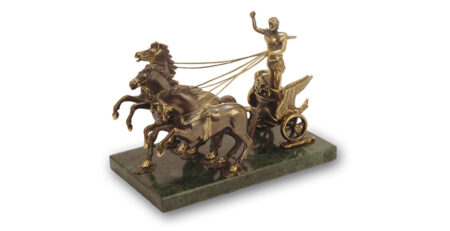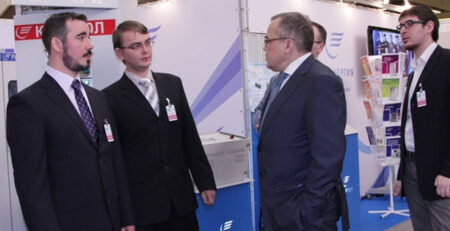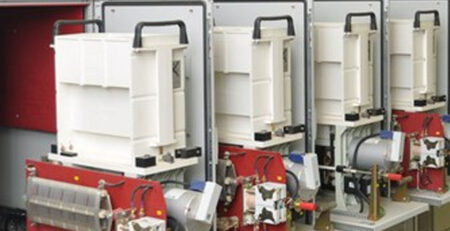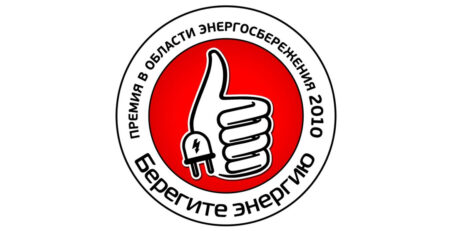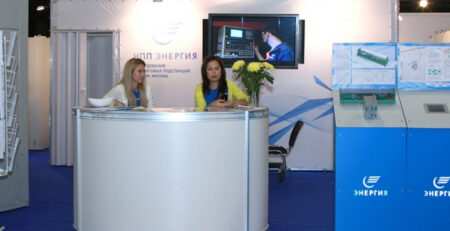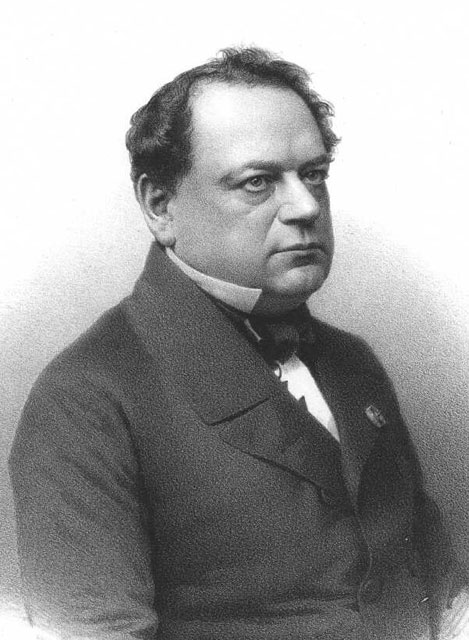
Boris Semyonovich Jacobi (Moritz Hermann von Jacobi)
Russian physicist, academician of Imperial St. Petersburg Academy of Sciences. Full brother of Carl Jacobi, outstanding German mathematician. Interest in physics brought Jacobi to important invention — first in the world electric motor with direct rotation of working shaft. Other electrical devices existing before Jacobi’s invention were featured by reciprocal or wobbling motion of an armature. The scientist sets a goal to develop more powerful motor that can be used practically. In 1834, Jacobi builds a motor based on principle of attraction and repulsion forces between electromagnets. The motor had two groups of the electromagnets: four fixed on the frame and rest installed on rotating rotor. Alternate change of moving electromagnets polarity was done by a commutator invented by the scientist, which principle of operation is used in traction motors up to present days. The motor was supplied from galvanic cells and was the most advanced electric device for that time. In the same year, Jacobi sends a manuscript describing his work to Paris Academy of Sciences. The Academy examined the invention on its session and almost immediately the work was published. Thus, the motor built in May of 1834 in Königsberg became widely known in December of 1834.
In 1837, by recommendations of several members of St. Petersburg Academy of Sciences, Jacobi writes a memorandum with proposal about practical application of his motor. Jacobi’s proposal was brought to notice of Nicholas I, who ordered to establish a “Commission for experiments regarding use of electromagnetic force for moving the machines according to method of professor Jacobi”. The commission was headed by admiral I. F. Krusenstern, and its members included academicians E. H. Lenz, P. L. Schilling and other noted scientists. A fabulous sum for that time in the amount of 50 thousand rubles was assigned for the works. Jacobi moves to Russia for permanent residence, takes out Russian citizenship and for the rest of his life considers Russia as his second homeland.
Creative work of the scientist was diverse. Jacobi invented a number of instruments for measuring electric resistance called by him voltagometer (rheochord). He designed synchronous telegraph apparatus with direct (without decoding) indication of transmitted letters and digits on a receiver, first in the world letterprinting telegraph apparatus, managed the laying of first cable lines in St. Petersburg and between St. Petersburg and Tsarskoye Selo. In 1838, Jacobi made his the most outstanding discovery, galvanoplastics, laying the foundation of an area in applied electrochemistry.
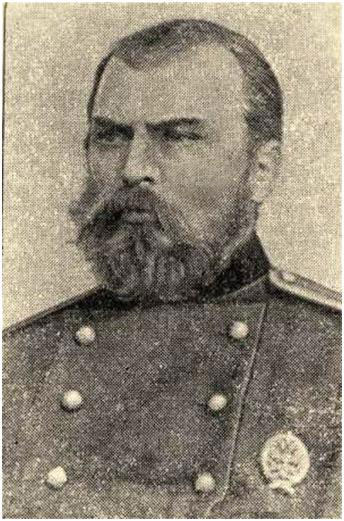
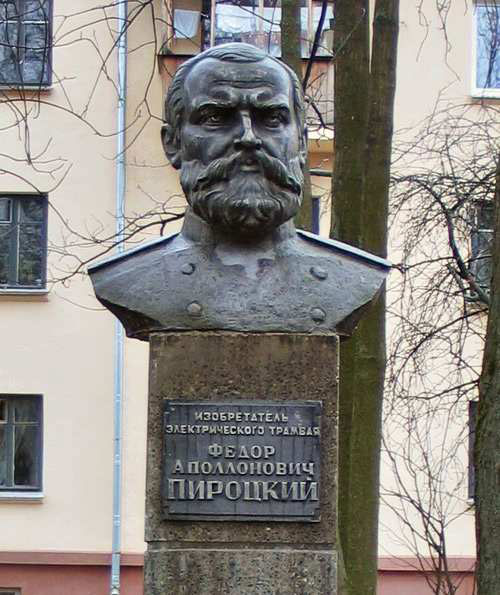
Fyodor Apollonovich Pirotskiy
Fyodor Apollonovich Pirotskiy, Russian inventor in the field of electrical engineering, was born on 17 February 1845 in the family of surgeons, in Lokhvitskiy district, Poltavskaya province. In 1866, he graduated from Constantine Military School and Mikhail Military Artillery Academy and then served in artillery in Kiev. There he made friends with famous electrician Pavel Nikolaevich Yablochkov that probably played a major role for young Fyodor Apollonovich in originating of interest to electricity.
In 1874-1876, engineer F.A. Pirotskiy carried out a series of tests for current transfer via rails over a distance of 1 km. These tests were successful and in summer of 1876, on abandoned railway branch from Sestroretsk station to a quay, Pirotskiy brought an electric motor placed at the distance of 1 kilometer from power supply source to work.
In the application for invention dated 5 April 1880 he describes a project of electric railway and on 12 April he demonstrates for numerous audiences a project for use of electricity for train haulage, where current is supplied via the same rails that serve as supports for rolling wheels. One of people that met him was one of Siemens brothers, who was greatly interested and asked many questions. Eventually, Siemens brothers utilized the invention of Russian engineer on the short line that was opened in one year and linked Berlin with its suburb Lichterfelde.
After series of tests, on 22 August 1880, at 12 a.m., in Peski, St. Petersburg, at the corner of Bolotnaya street and Degtyarniy lane, for the first time in Russia the test was conducted to check feasibility of tramcar haulage by “force of electricity being supplied via the rails that serve as supports for rolling wheels of the car”.
The car of first in the world electric tramway ran with 40 passengers at the speed 10–12 km/h. The car was supplied via rails with a voltage of 100VDC. The rail track was specially prepared for electric energy transfer by means of special insulating compound between spikes and crossties and insulating canvas gaskets under the rails.
The 4 HP, 600 RPM traction motor with shunt excitation was installed on the tramcar prototype. Current collection was done via wheel treads so the latter were insulated from the car axles. The tramcar utilized gear drive from the traction motor to car axles according to Pirotskiy kinematic scheme later wrongly called Sprag drive.
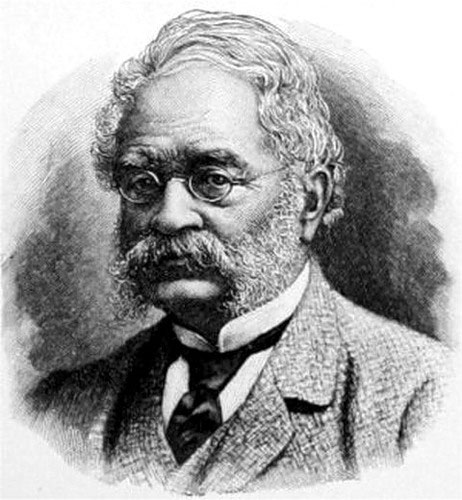
Werner von Siemens
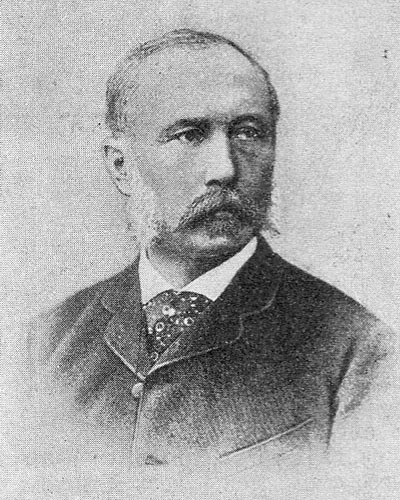
Carl Heinrich von Siemens
Siemens brothers
Werner von Siemens, one of founders of Siemens & Halske (later Siemens company.) Noted German engineer, inventor, scientist, and manufacturer, social and political figure. Initially, area of Werner von Siemens’ activity was construction of telegraph lines where he uses for the first time cable with elastic insulation applied by means of the press invented by him. At the same period, Werner proposed to put cable into lead tubes, the idea that later gave impetus to development of cable production and laying technologies. S & H was involved into construction of some telegraph lines in Russia that linked St. Petersburg with Kronstadt, Helsingfors, Warsaw, Riga, Revel and then took over line maintenance tasks.
Origin of Siemens’ works in the area of high-current electrical engineering is referred to second half of 1860s (even term “electrical engineering” was introduced by Werner Siemens.) His most considerable achievement in that area is dated 1867, when he developed perfect design of self-excited DC generator that was called long time as “dynamo”. And the crown of works in the area of power electrical engineering was first in the world Berlin tramway (called at that time “electric railway”), operation of which started in 1881.
On 2 May 1896, first European continental subway line was opened in Budapest, constructed by Siemens & Halske (now already under direction of Werner’s brother, Carl von Siemens).
Carl Heinrich von Siemens is younger brother of Werner von Siemens. In 1853, Carl establishes representative office of Siemens & Halske in Russian Empire. Russia became a second homeland for Carl. Since imported products were liable to quite big tax in Russia, Siemens decided in 1882 to build large cable plant in St. Petersburg and then successfully put his plans into action. After several years he founded St. Petersburg Society for Electric Lighting that remained the largest Russian company in the sector until the revolution.
In 1890, Werner von Siemens withdraws from business and Carl becomes General Director of Siemens & Halske.
In 1898, in the very center of Moscow, on Raushskaya embankment, Siemens & Halske built the most powerful power station in Russia at that time. This station is preserved up to now, being the oldest working heat power plant in Russia. The station fed with electricity the lines of first Moscow tramway. In 1912, Siemens built large plant in St. Petersburg that is called today Elektrosila. As the years go by, area of company’s activity broadened: it built power stations and tramway lines in Odessa, Kharkov, Rostov-on-Don.
Today Siemens is world leader in production of electric-driven rolling stock.
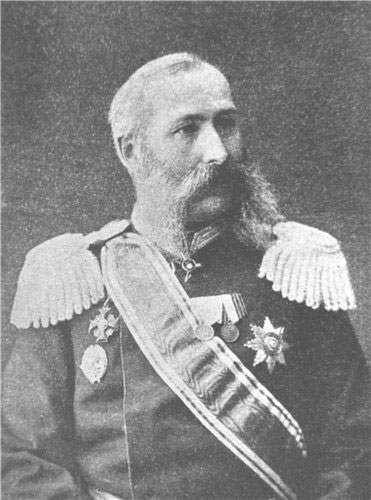
Amand Yegorovich Struve
А. Y. Struve is known as military engineer, entrepreneur, bridge builder and specialist of railway rolling stock. Amand Yegorovich was Russified German originating from noble family that became poor. His ancestors came for Russian service in the middle of XVIII century. Struve graduated from military engineering school and military academy in St. Petersburg, then he improved knowledge abroad. In 1860, he starts his work in Society of Moscow–Saratov Railway. His activity started from building of temporary railway bridge (245.4m) over Moscow river in Kolomna and then bridge over Oka, doubled in length compared with the first one. Struve proved to be a good work manager. The entrepreneur got orders for erection of bridges and A. Y. Struve did not refuse from profitable proposals. List of the projects fulfilled by Amand Yegorovich includes bridge over Dnepr in Kiev, 962-meter Metal Bridge in Kremenchug and famous Liteyniy bridge in St. Petersburg.
Soon, plans appeared to produce also other things, namely rolling stock for railways. Therefore in 1863 Amand Struve founded Mechanical and Foundry Works of Engineers Brothers Struve (today called Kolomna Diesel Locomotive Plant) and managed it until 1866, when he passed authorities to his brother Gustav. After death of the brother in 1882 he resumed the management. Works equipment was supplemented by machine tools and devices purchased mainly in Paris and London.
Owing to Struve’s efforts, Russian Empire got its first electric tramway (in Kiev.) In December of 1890, Amand Struve registered closed joint-stock company “Society for Kiev Urban Railway” and since 1892 cart traction (horse-drawn trams) on the most unprofitable lines was replaced by locomobiles (steam traction), which change did not eliminate the problem of high prime cost. Struve, who was competent in latest technical novelties, knew that electric tramway is already operated in Germany and France and proved itself as progressive and relatively inexpensive in service transport facility. But introduction of the novelty in Kiev turned out quite complicate business. Use of another technologies required consent of city Duma, which should be awaited for a long time taking into account sluggishness of local bureaucracy. The Duma split into two groups: lobbyists headed by Brodskiy and opponents who had shares in stud farms that provided draft animals for horse-drawn trams. At last, permit for construction of test section of electric tramway was obtained. Since 1 June 1892, regular passenger traffic was started. The tramway showed itself to advantage in Kiev and then spread into other cities of the Empire.
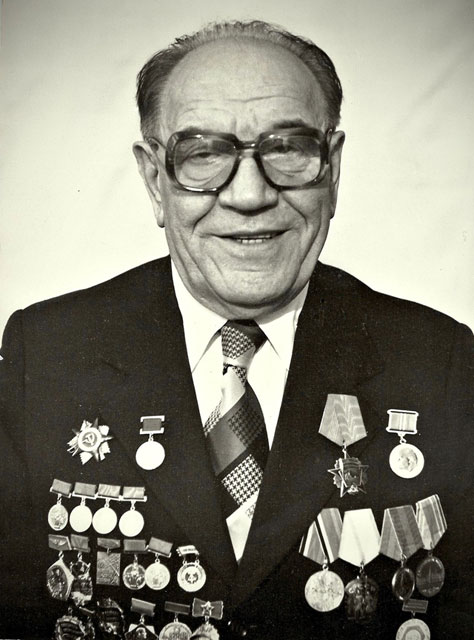
Ivan Semyonovich Yefremov
Laureate of USSR State Prize, Honoured Science and Technics Worker of RSFSR, doctor of technical sciences, professor IVAN SEMYONOVICH YEFREMOV graduated in 1935 from Moscow Electromechanical Institute of Railway Engineers, in 1935–1949 occupied managerial technical positions in industry. In 1949–1956 he was a head of Electric Traction and Rolling Stock Department in MARI (Moscow Automobile and Road Institute), at the same time taking position of head of department in USSR Higher Education Ministry. He was awarded a title of Veteran of Work by MPEI. In 1956, prof. I. S. Yefremov was elected a head of MPEI Electric Transport Department, and since 1958 and up to now he also takes position of a dean of Industry and Transport Electrification and Automation Faculty. I. S. Yefremov continuously held position of the dean, in addition to head of department, for 22 years.
Ivan Semyonovich has published during his work in MPEI about 190 scientific works, including 30 tutorials and monographs.
First in USSR silicon rectifier for traction substations, new electronic control systems for various types of electric rolling stock were designed under the direction of prof. I. S. Yefremov.
He was awarded with orders and medals, honorary diploma of the Presidium of USSR Supreme Soviet, honorary diploma of All-Union Council of Scientific and Technical Societies, honorary diplomas of USSR Higher Education Ministry, Council of Moscow, MPEI.

Mikhail Grigorievich Tregubenko
Mikhail Tregubenko is a competent and distinguished figure in the field of power supply for urban electric transport.
After graduation from Moscow Electromechanical Institute of Railway Engineers, M. G. Tregubenko devoted all his life to improvement, development and operation of power supply systems for tramway and trolley-bus. Starting from engineer position, he made a career up to head of power supply service of Mosgortrans. All his life, Mikhail Tregubenko was involved in designing and construction of power supply systems for urban electric transport. He is the author of a number of scientific works and standards, his ideas in the area of traction substations equipment development are protected by inventor’s certificates and are widely used not only in Moscow but also in other cities of Russia and CIS. Several generations of traction substations were designed under his direction and with his active participation. Name and works of Mikhail Tregubenko are known and held in high esteem among all specialists in the field of power supply for urban electric transport.
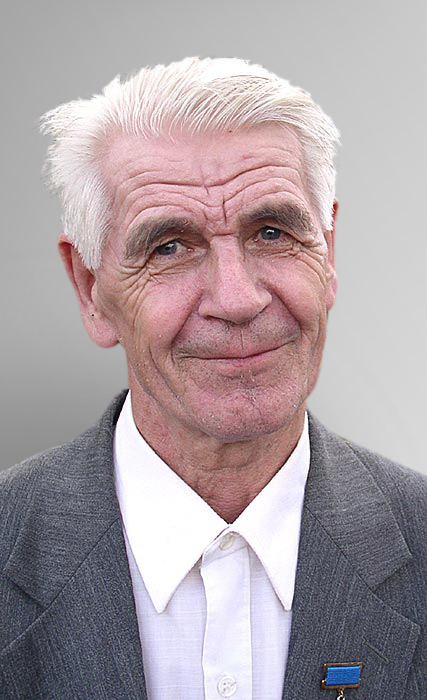
Ivan Ivanovich Mikheev
Chief specialist and professional in the field of traction substations automation in Petrozavodsk. His career started from fitter and achieved position of head of power supply service of trolley-bus department in Petrozavodsk. He works since 1961 up to now. Ivan Mikheev is a professional in his area. Installation of telemechanic systems on traction substations in Petrozavodsk is a personal achievement of Ivan Mikheev.
Ivan Mikheev has professional authority with specialists in the field of traction substations in Russia.
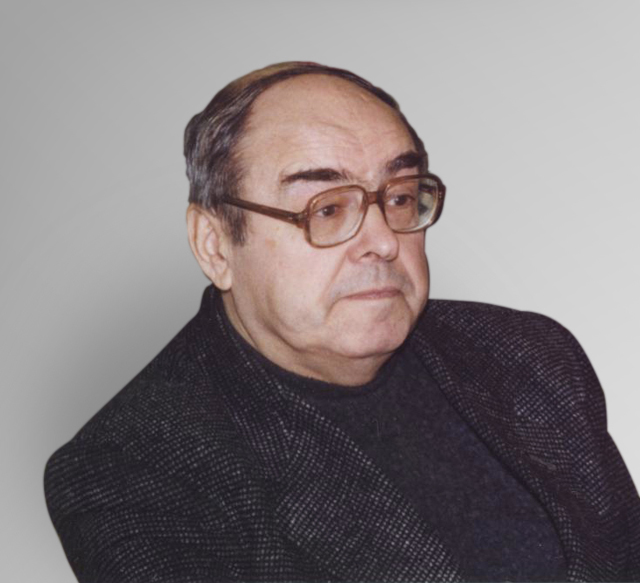
Dante Karlovich Busetti
Dante Karlovich Busetti, Doctor of Science, head of department in Communal Services Academy, Moscow.
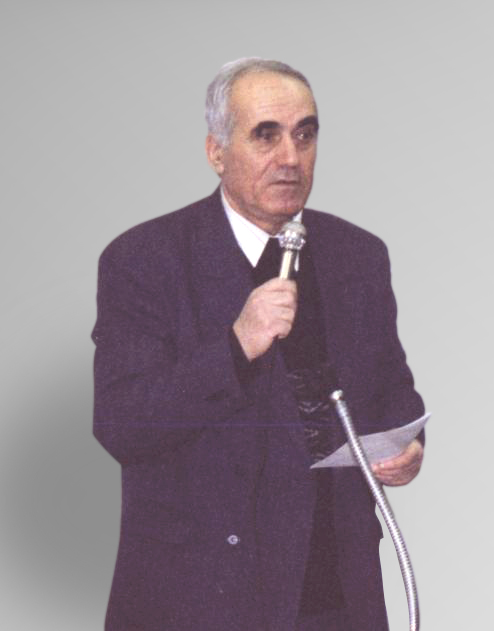
Albert Mikhailovich Kusul
Albert Kusul, chief designer of VAT and VAB quick-acting circuit breakers, Yekaterinburg.




